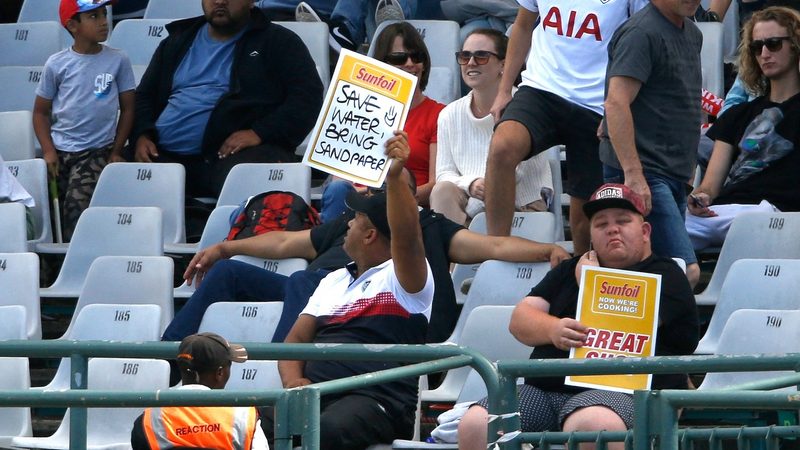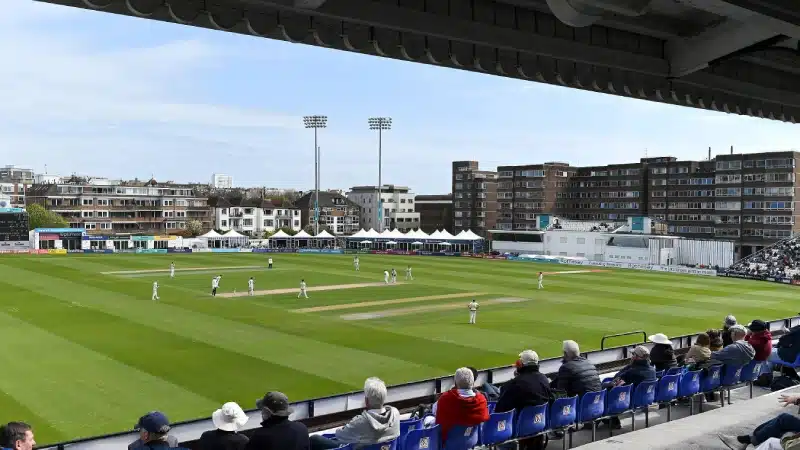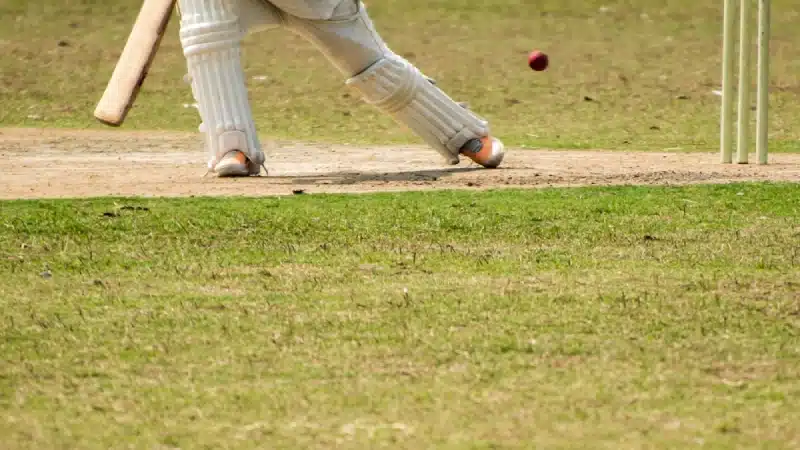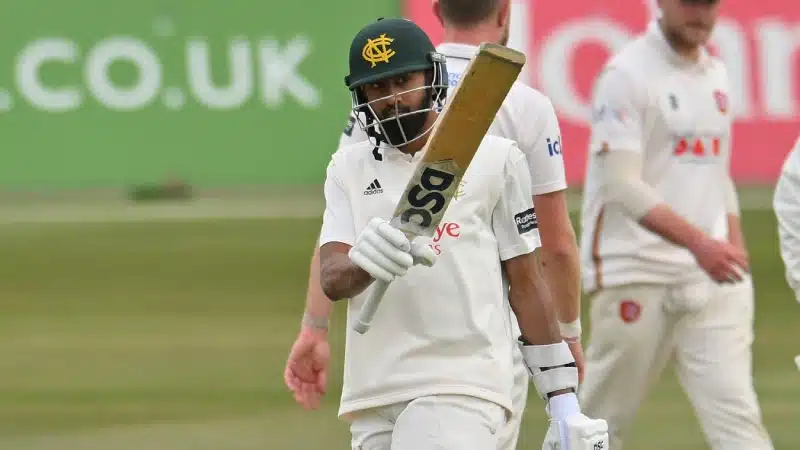
Josh Hazlewood, Mitchell Starc, Pat Cummins and Nathan Lyon have more than a 1,000 Test wickets between them. They are arguably the best attack in world cricket today, and have been at the top of their game for quite a while. The four men have issued a joint statement reiterating their innocence in the Sandpapergate affair, following team-mate Cameron Bancroft’s comment that has reignited the scandal.
“Obviously what I did benefits bowlers and the awareness around that, probably, is self-explanatory,” Bancroft had said, suggesting the bowlers knew about him applying sandpaper to the ball during the South Africa second innings in the 2018 Cape Town Test.
However, the four bowlers have claimed, "We did not know a foreign substance was taken onto the field to alter the condition of the ball until we saw the images on the big screen at Newlands.”
After those images were flashed, on-field umpires Nigel Llong and Richard Illingworth had a talk with Bancroft at the end of the 43rd over of the South Africa second innings, but did not replace the ball. That fact has also been mentioned by the bowlers in their defence.
"And to those who, despite the absence of evidence, insist that 'we must have known' about the use of a foreign substance simply because we are bowlers, we say this: The umpires during that Test match, Nigel Llong and Richard Illingworth, both very respected and experienced umpires, inspected the ball after the images surfaced on the TV coverage and did not change it because there was no sign of damage.”
This argument is misleading on a couple of fronts. Firstly, the umpires themselves had been criticised by many at that time for not changing the ball despite television footage of Bancroft having worked on it with an unnatural substance. The point is not whether sandpaper damaged the ball enough for it to be changed or not, the point is that usage of sandpaper is illegal.
Secondly, this is like saying, ‘when those whose job it was to supervise themselves did not see any sign of damage, why should we be blamed for not having spotted anything wrong?’ Bowlers are not in an official supervisory capacity, unlike umpires. But also unlike umpires, they are part of team meetings and major stakeholders in the plan of how the ball is to be maintained.
Stuart Broad has recently spoken about how if he fails to hit the seam by even a few millimetres, James Anderson will immediately come up to him and ask him to be more accurate so that the ball is kept in better shape. One only has to see how worked up Mohammed Shami can get if a throw from the deep bounces on a part of the ground where it can disturb the planned deterioration of the ball. There is a reason teams have designated ball-shiners, and it is normal for bowlers and captains to get angry if a non-designated fielder tries to work on the ball.
All this is not to pronounce the four Australian bowlers guilty. It is to point out that in the normal course of the game, bowlers have the biggest stake in keeping an eye on how the ball is being maintained. Yes, ‘simply because they are bowlers’ and have the ultimate responsibility of getting batsmen out.
In the normal course, a rookie like Bancroft will surely think several times before doing something illegal without the knowledge of his great attack lest he invite the wrath of someone of the stature of Hazlewood, Cummins, Starc or Lyon. Imagine Shubman Gill tampering with the ball without the knowledge of 101-Test veteran Ishant Sharma.
And even if we are to believe that Bancroft acted on the orders of only Steve Smith and David Warner, it does not leave the Australian dressing room looking like anything resembling a united front. So apparently not only did Smith and Warner hatch a plan to tamper the ball using Bancroft, they did not think it was important to let their four immensely experienced bowlers know what was about to happen.
Even if this were to be true -- against all cricketing logic -- it means one of the finest bowling attacks ever did not enjoy the confidence of their own leadership group. Spin this any way you want, it tells you a lot about the state of Australian cricket then.
Featured Image: AFP/ Gianluigi Guercia




















